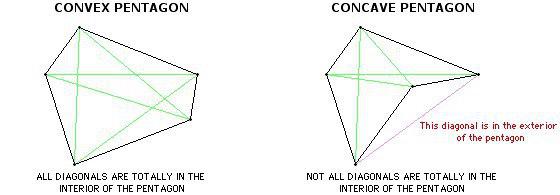You can check the below picture to see the difference between convex and concave (non-convex) masses …
5 Likes
You can check the below picture to see the difference between convex and concave (non-convex) masses …